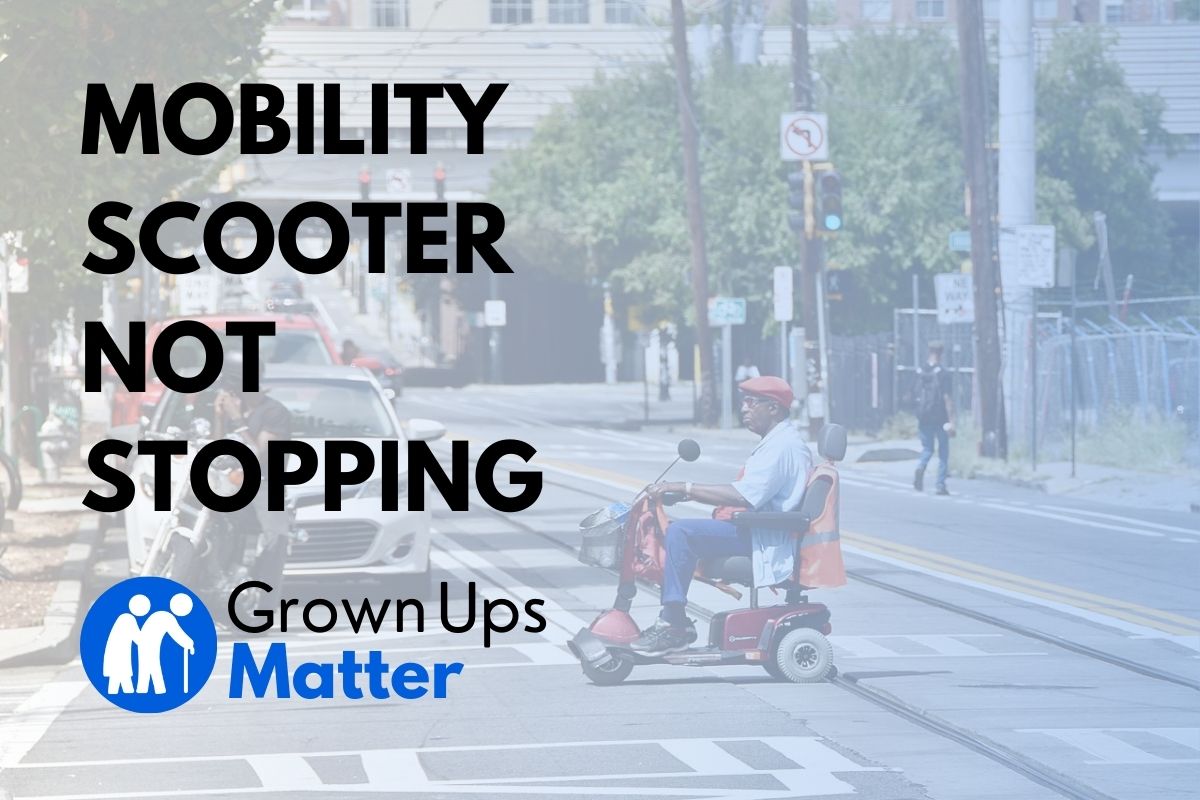Mobility scooters are a great way to maintain independence and freedom for those who have mobility issues.
However, when a scooter’s braking system isn’t working properly, it can be dangerous and make it difficult to use.
In this article, we’ll show you how to fix a mobility scooter that is not breaking properly.
We’ll break down the process into simple steps and provide you with the tools and information you need to get your scooter back in working order.
We’ll cover common issues that can cause braking problems, such as worn brake pads or malfunctioning brake controllers.
We’ll also provide tips for maintaining your scooter’s braking system to ensure it stays in top condition.
By the end of this article, you’ll have the knowledge and confidence to fix your own mobility scooter, saving you time and money on repairs.
And you’ll be able to enjoy your independence and freedom once again.
So, if you’re having problems with your mobility scooter’s braking system, keep reading to learn how to fix it.
Key Takeaways:
- Mobility scooters typically have a self-activating brake system powered by electricity and magnetism, but some may have brake systems more similar to car disc brakes.
- Common causes of braking problems in mobility scooters include worn-out tires and worn brake pads or a malfunctioning brake controller.
- To fix a mobility scooter not stopping, it may be necessary to repair or replace the tires, brakes, or control board.
- The cost of repairing a mobility scooter that’s not stopping can range from $100 to $300.
- Regular maintenance is essential to keep a mobility scooter functioning well and to prevent problems in the future.
Common Causes and Fixes
When it comes to mobility scooters, you’ll find that the vast majority of them are fitted with a self-activating brake system.
This brake is powered by electricity and magnetism and remains engaged until you make the scooter move forward by engaging the throttle.
It’s worth noting that this brake operates on the scooter’s motor rather than its wheels, which is a departure from the brake systems you might be familiar with in cars, for example.
Some scooters, however, do have brake systems more similar to car disc brakes.
This is important to know, because, of course, the first suspect for a mobility aid not being able to stop is the braking system.
But the tires are also important:
Worn Out Tires
After heavy use, particularly on rough terrain, the threads on your scooter’s tires might have faded, and their composite might have worn out, making them harder thus generating less friction with the road.
A clear symptom of this is the vehicle needing longer distances to brake and even sliding when performing sharp turns.
Recommended Fix:
Replace the tires.
Average Repair Cost: $250
Brakes
If your scooter is not braking as it should, checking the braking system is the natural thing to do.
Although its functionality might vary slightly from model to model, most scooter brakes are electromagnetic and integrated with the motor.
A skilled technician will be able to troubleshoot them and find any faults.
Sometimes the brake pads or the surface that generates friction to stop the wheels might be worn out and need to be replaced.
Recommended Fix:
Repair or replace brakes or brake pads.
Average Repair Cost: $200
Control Board
A faulty control board can be the culprit for not sending the throttle-off signals to the motor that should engage the brakes.
Although this is rare, electronic components do fail from time to time, and a good repair shop will be able to troubleshoot this for you.
Recommended Fix:
Fix or replace the control board.
Average Repair Cost: $300
Alternatives to Repair Your Scooter
Sometimes these common issues, as simple as they seem can get out of hand for the average user.
To assist you with this, we have created the following article detailing all the different options you should consider for repairing your scooter:
How to Prevent This Issue in the Future
Mobility scooters are an important tool for those who need help getting around, and it’s essential to maintain them to keep them functioning well.
Proper maintenance is essential to keep your mobility scooter running smoothly and safely.
Doing it regularly can prevent problems and keep you on the move, giving you the freedom and independence you need to live your life.
So, if you want to make the most of your mobility scooter, be sure to take good care of it.
We have written the following guide to help you with it:
All the claims made in this article are only for informational purposes, based on the writer’s experience and not clinical advice. You should always consult your physician or physical therapist if you have any doubts about how this applies to your specific case.

Rami is an economist with a passion for personal finance and a desire to help people make the most of their retirement years. He’s also the tech mind that made all of this possible, and a marketing enthusiast. In his articles, Ramiro offers real-life advice and resources for seniors looking to manage their finances and make the most of their retirement savings. He is dedicated to helping his readers live comfortably and securely during their golden years.

